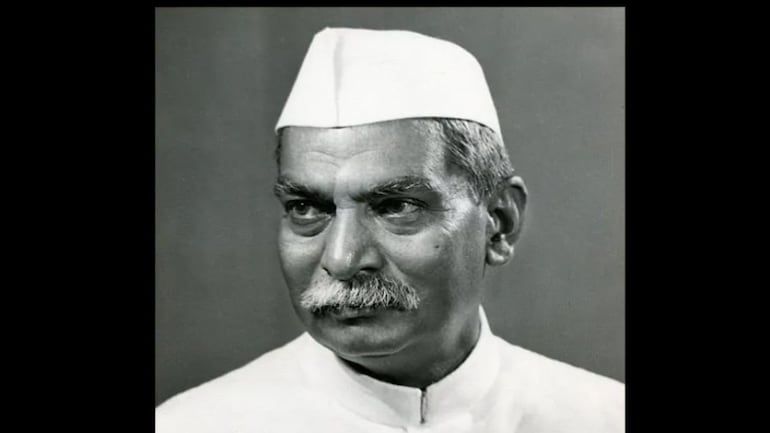Dr. Rajendra Prasad (3rd December, 1884 – 28th February, 1963)

Dr. Rajendra Prasad (3rd December, 1884 – 28th February, 1963)
Rajendra Prasad born on 3 December, 1884, in Ziradei (in the Siwan district of Bihar), was an Indian independence activist, lawyer, scholar and subsequently, the first President of India.
He joined the Indian National Congress during the Indian Independence Movement and became a major leader from the region of Bihar. He was so greatly moved by the dedication, courage and conviction of Mahatma Gandhi that as soon as the motion of Non-Cooperation was passed by Indian National Congress in 1920, he retired from his lucrative career of lawyer to aid the movement. He was imprisoned by British authorities during the Salt Satyagraha of 1931 and the Quit India movement of 1942. After the 1946 elections, he served as Minister of Food and Agriculture in the central government. Upon independence in 1947, he was elected as President of the Constituent Assembly of India. Two and a half years after independence, on 26 January 1950, Prasad was elected the nation’s first President. He stayed in office for the longest term of around 12 years (from 1950 to 1962).
He took an active role in helping people affected by the 1914 floods that struck Bihar and Bengal. He served in various educational institutions as a teacher. He encouraged the development of education in India and advised the Nehru government on several occasions. He played a major role in forming the Bihari Students Conference in 1906. He died on 28 February, 1963, aged 78. Rajendra Smriti Sangrahalaya in Patna is dedicated to him.







